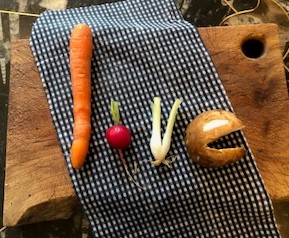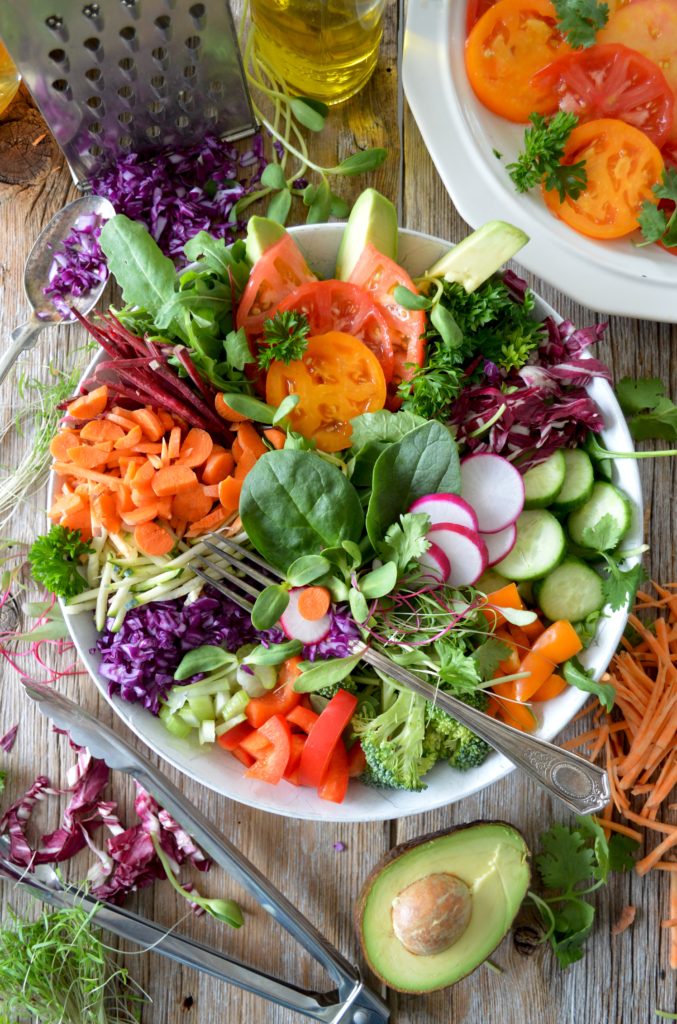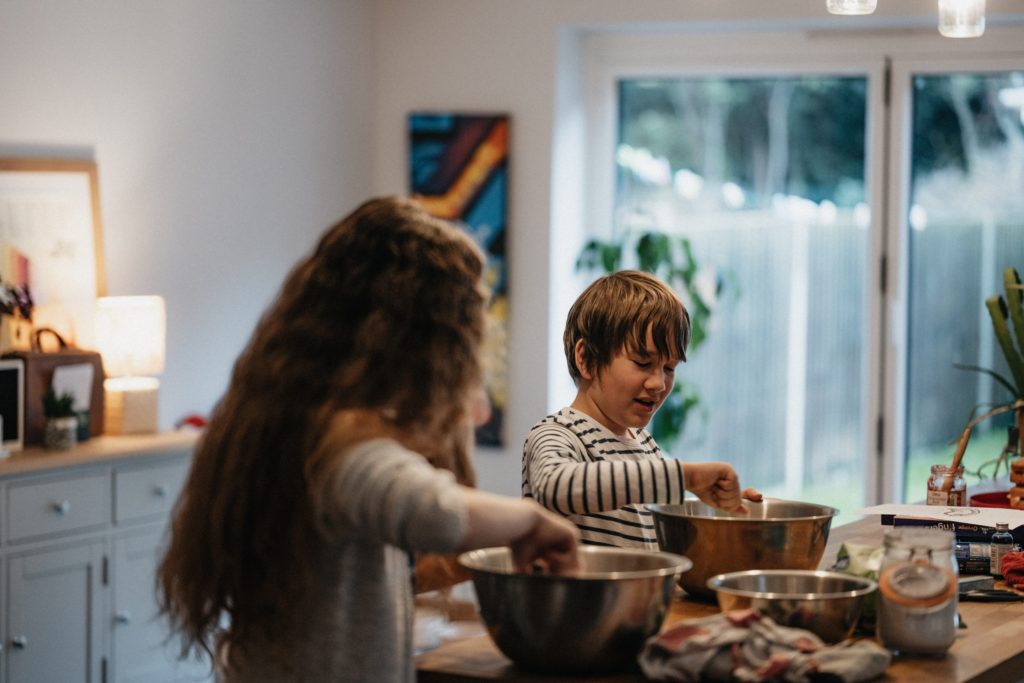Vegetables have finally come into fashion. For years they have been the poor relation of the food world, but now it seems that they are having their moment. Celebrity chefs such as Hugh Fearnley-Whittingstall are advocating moving the vegetable element of a meal from ‘a bit on the side’ to centre front. I even read recently that Yotam Ottolenghi considered vegetables as a far more interesting ingredient to cook with than meat. They are, after all, much more varied, colourful and versatile. So this is a celebration of all things vegetable. And I hope, like mine, your vegetable love will grow and grow!

When I moved from a dairy based to a plant based diet, I confess that it was a struggle at first. My culinary skills revolved around milk, cheese and eggs. How could I achieve anything like the pleasure of a mozzarella smothered pizza or a fluffy quiche? Well, actually, I could. Much to my astonishment, it simply involved exploring a whole new range of ingredients and a bit of chemistry. The plant world, it transpired, included a raft of delicious surprises.
Why bother?
Including more vegetables in your diet is widely recognised as having a significant, positive effect on your health. By consuming the recommended five a day, the NHS proposes that you will reduce the likelihood of the three major killers: heart disease, stroke and cancer. Numerous research studies have also shown that a greater consumption of vegetables reduces the likelihood and severity of a number of autoimmune disorders including MS and diabetes. This is because the gut biome regulates the immune system. The more you feed it with healthy, fresh and fibrous food, the stronger it grows – fighting off invading pathogens and avoiding the body turning in on itself – as it does with all autoimmune disorders. The benefits, in medical terms, are enormous, yet involves no intervention and very little cost. Perhaps vegetables should be put on prescription.

The reluctant eater
As someone who has always enjoyed fruits and vegetables, it always surprises me how many children (and adults) do not. Frequently, a less than keen family member will threaten to derail our attempts at including more vegetables in our diet. I know. My husband was the pickiest eater when we first met and drove me insane with what he did not like. Now, he happily embraces a plant based diet and eats virtually anything. It didn’t happen over-night and it didn’t happen by accident. But we got there eventually, and so can you.
- Keep trying. Our taste buds are malleable things. We can learn to love what we originally found distasteful. My first experience of avocado in a very fancy restaurant was that it tasted like soap. Now, I can’t get enough of it. What is important is that we just keep trying it, as it is. Give a tiny portion at a time and sample regularly. Soon it will be on the love list.
- Sneaky vegetables. Generally, I’m not one for sugar coating or disguising, but if your loved one is simply adamant that vegetables are vile, try to sneak them in to other, more favourable dishes. One friend always added carrots to mash and I regularly cook sweet potato with turnip. Soups are an ideal way to incorporate all kinds of vegetables and if you blend it, who’s to say what went inside?
- Cook together and make it special. Work and life-styles often make it difficult to cook and eat together, but if we make it a priority, we can. If you are only making one meal – as opposed to one for the children and one for the parents- you can take more time. If we ask those sharing the meal to participate in its preparation, they will see the care needed and hopefully appreciate the finished product more. We will also be teaching valuable cooking skills.
- Grow your own. Anyone who has experienced the frustrations and joys of gardening, knows that what you grow, you eat. Rainbow chard is certainly not in my top ten or even top twenty vegetables, but it is flourishing and I am certainly not going to allow it to go to waste. Wilted in a frying pan and served with sesame seeds and soy sauce, it’s completely delicious and the more we eat it, the more scrumptious it becomes.
For a more comprehensive discussion of the above, please check out: https://www.healthline.com/health-news/how-you-can-reprogram-your-taste-buds-to-love-healthy-foods

Not just good for you
Sometimes listening to the news is just too depressing. Climate change, weather based catastrophes, mass extinctions seem to always appear somewhere beneath the headline stories. It is easy to feel helpless in the face of such challenges. A little extract I read yesterday, though, helped to bring it all back to a human scale, and I’d like to share it here:
I would love to say that I live a completely ‘green’ life; but if I did, I would be a liar… But if we wait until we can do everything, it will be far too late… Giving up meat is one of the easy things that almost anyone in the first world can do to become more impact-neutral in environmental terms.
Alex Brianson
As someone who used to volunteer for Greenpeace, I was well aware of the need to adopt an animal friendly diet. We were mostly vegetarian but still ate lots of dairy and some fish. I aspired to being vegan, but it just seemed too difficult (not least with a family). Now I want to kick myself for not doing it sooner. I still eat some fish (which I try to source carefully) but otherwise am plant based. And I have never eaten so well. Making the transition required a little extra attention and planning, but it was not long before it became second nature.
Now, in the West, plant based eating is taking off and never has there been so much choice and variety making it easier than ever to switch. What you choose to eat is, of course, entirely up to you, but if you are concerned about the environment and animal welfare, it is good to know that a solution is readily available.

Quick and easy
A further benefit is that a plant based diet works well within our busy lives. Many vegetables do not need cooking at all, or only a tiny bit and so are perfect for those of us who are time poor. Next week, I will post as wide a variety of dishes as possible (with recipes) to show you how you can enjoy a range of super healthy vegetables in minutes and hopefully, inspire you to create some of your own.
